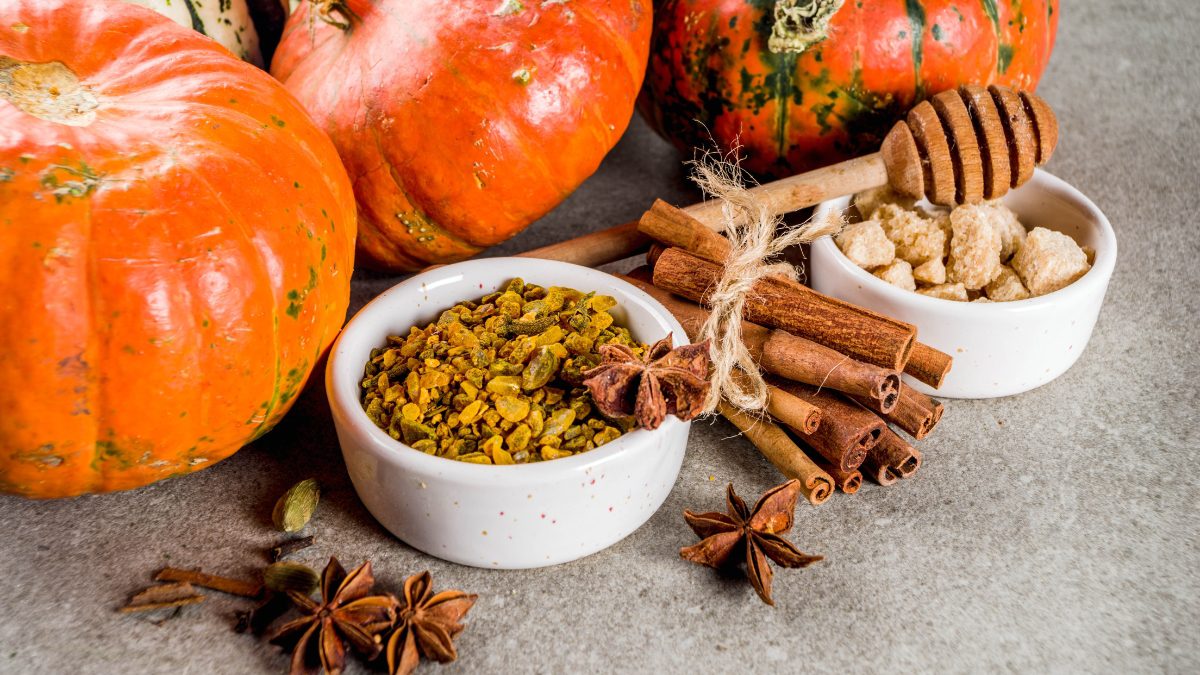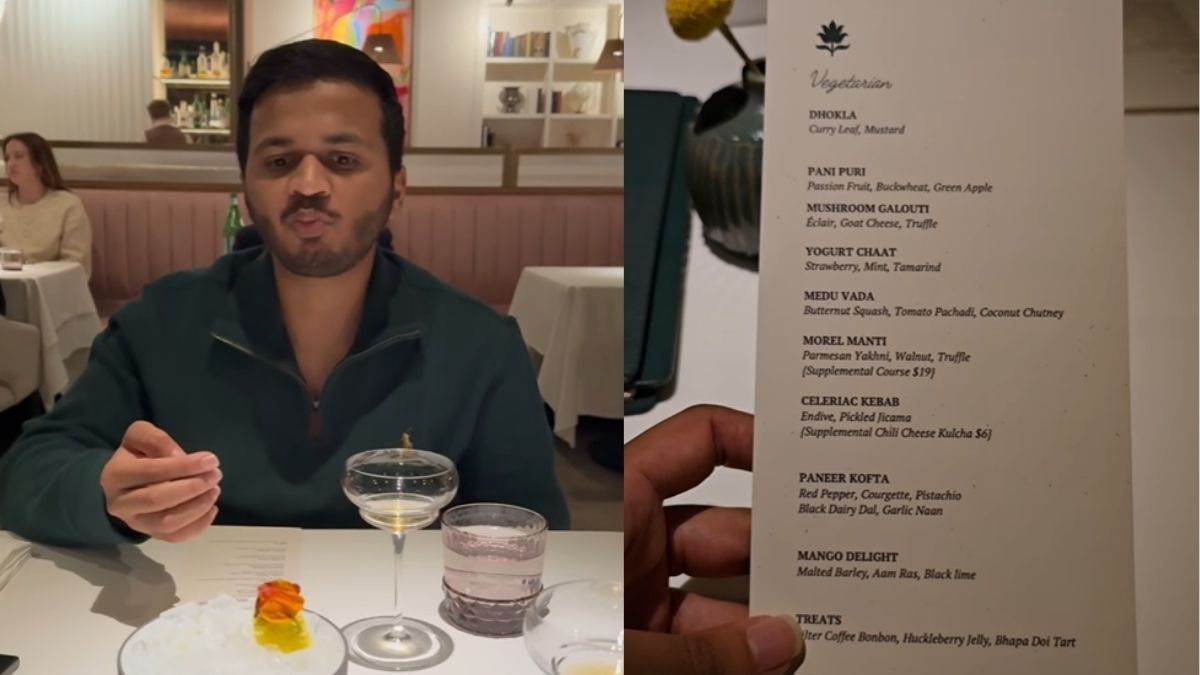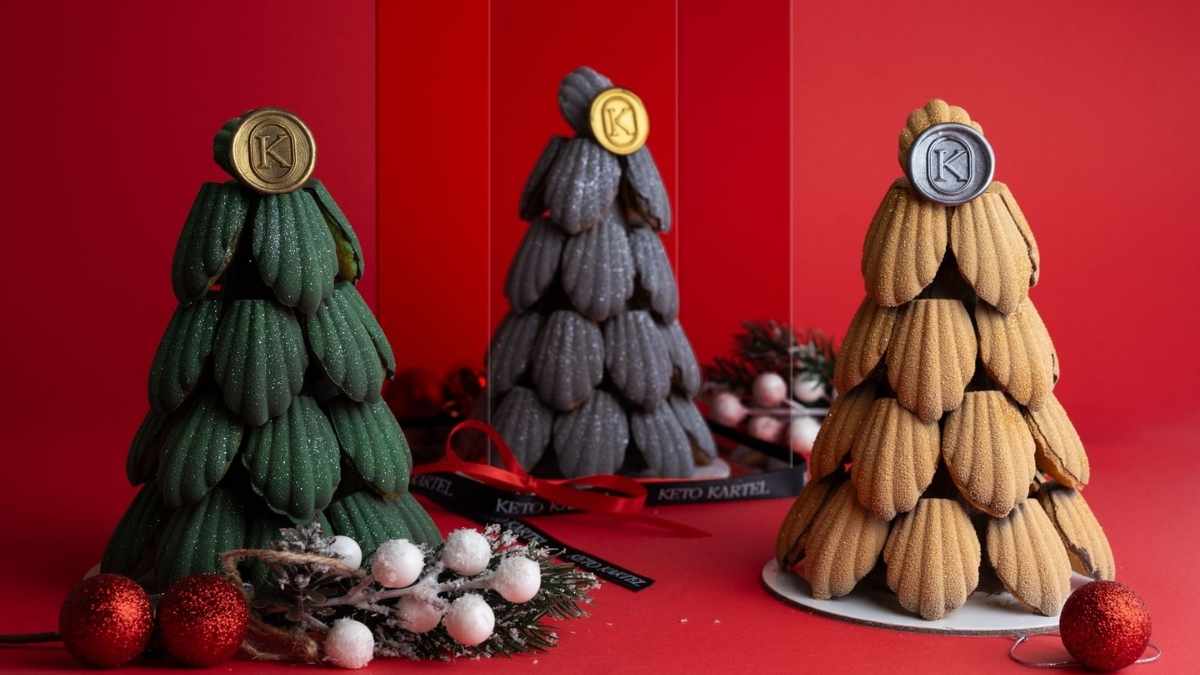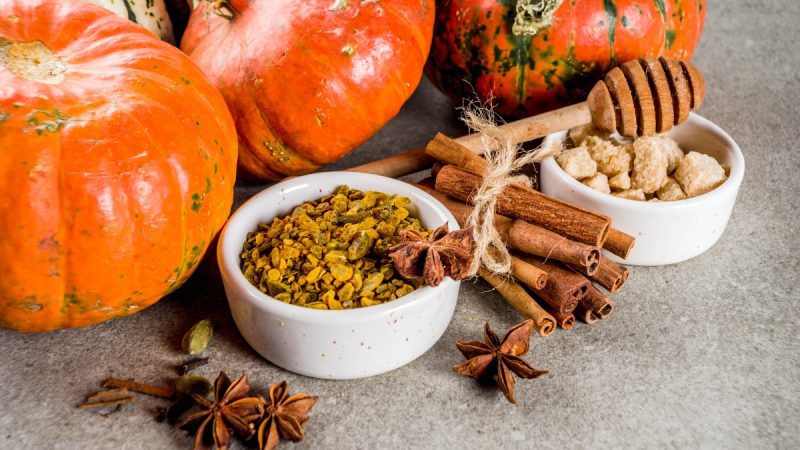Picture a cool autumn breeze and the warm, cosy scent of cinnamon and nutmeg swirling through the air. For many, this aroma signals the arrival of pumpkin spice season—a flavour that’s now a symbol of fall. But before it became the star of lattes, pumpkin spice had a journey of its own. From medieval kitchens to colonial America, the history of pumpkin spice is one of rich flavours, time-honoured traditions, and an enduring love for the warmth it brings.
The Untold History Of Pumpkin Spice
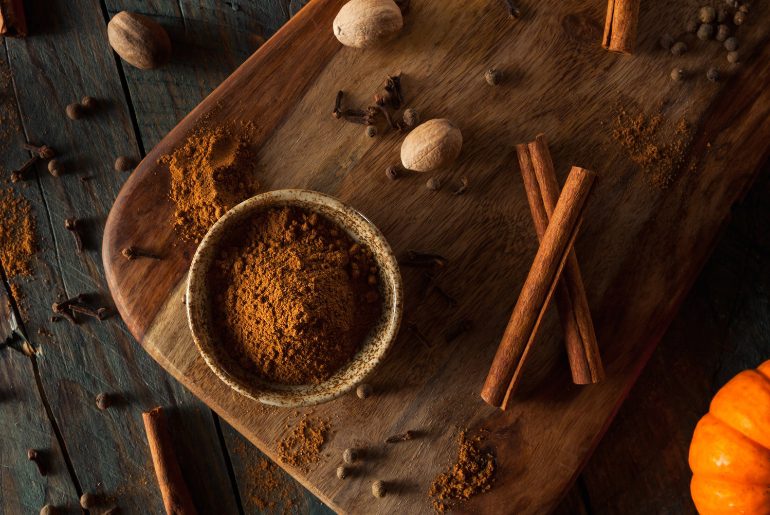
Before the pumpkin spice latte craze took over, pumpkin spice had a rich and fascinating history that stretched back centuries. Pumpkin spice—often a blend of cinnamon, nutmeg, ginger, cloves, and sometimes allspice—was originally known as “pumpkin pie spice.” It was a key ingredient in the beloved pumpkin pie.
There is no real pumpkin in pumpkin spice, despite the name. It was crafted to enhance the flavour of pumpkin pies, adding warmth, sweetness, and depth. The use of these spices predates pumpkin pie itself. In fact, the roots of pumpkin spice go back to the medieval period.
During this time, flavour combinations similar to pumpkin spice were commonly used in Europe. The medieval “sweet powder” was a spice blend that included cinnamon, ginger, and cloves—echoing the familiar flavours of pumpkin spice.
A Flavour That’s Older Than You Think
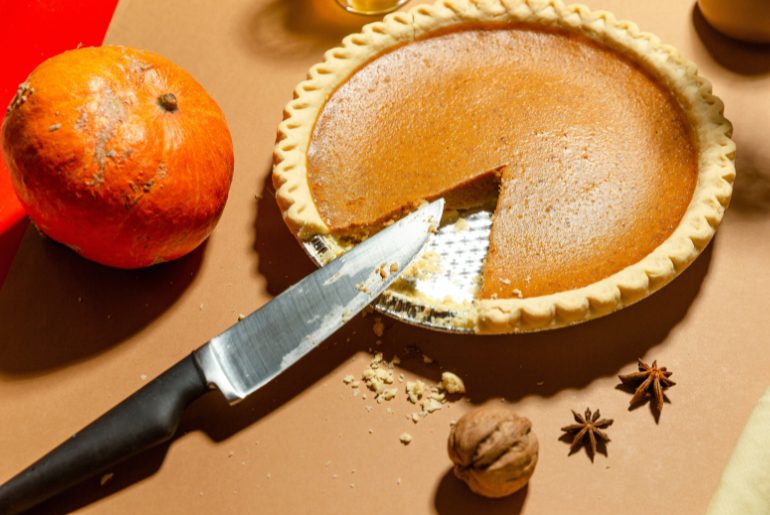
Fast forward to early America, and you see the next chapter in pumpkin spice history. Amelia Simmons’ 1796 American Cookery, the first known American cookbook, featured a recipe for “Pompkin” pie. Simmons’ recipe called for a spice mix of nutmeg, mace, ginger, and sometimes allspice, which provided a rich, aromatic layer to the rustic pumpkin pies of the time.
The spice blend was synonymous with fall, long before it became a drink flavour. In the 19th century, as pre-mixed spices became more common, pumpkin spice found its way into more kitchens across the U.S. It was not only for pies but also for cakes, cookies, and breads.
Then came the pivotal moment: Starbucks. While the pumpkin spice latte (or PSL) often takes the spotlight in modern times, it’s essential to note that the idea of combining pumpkin spice and coffee wasn’t entirely new. However, Starbucks was the catalyst that turned it into a nationwide obsession. Introduced in 2003, the PSL took pumpkin spice to another level, and its wild success transformed pumpkin spice into a cultural icon.
Pumpkin spice has always symbolised comfort, warmth, and tradition long before it became a marketing sensation.
Cover Image Courtesy: Canva
For more such snackable content, interesting discoveries and the latest updates on food, travel and experiences in your city, download the Curly Tales App. Download HERE. First Published: September 16, 2024 6:58 PM
